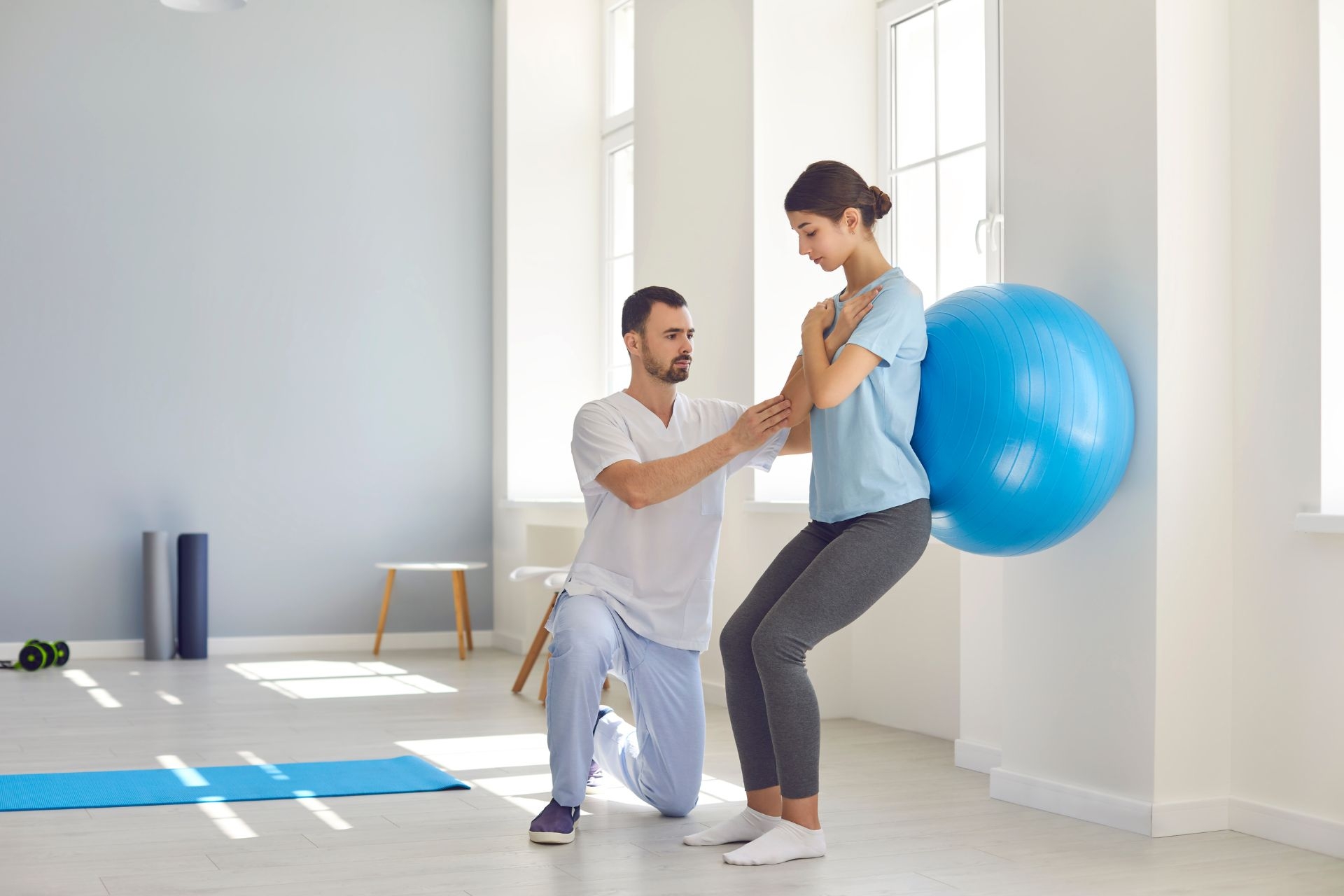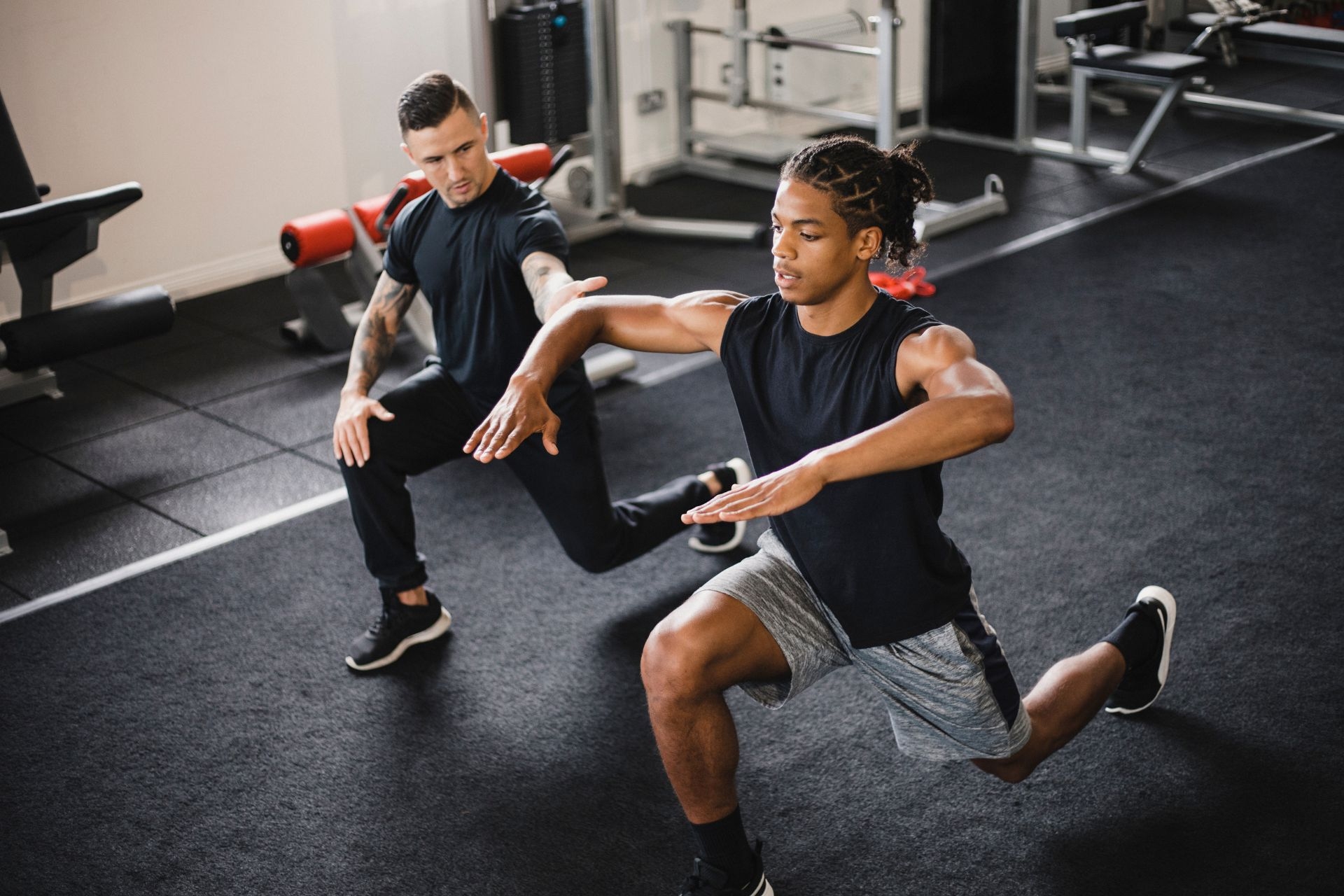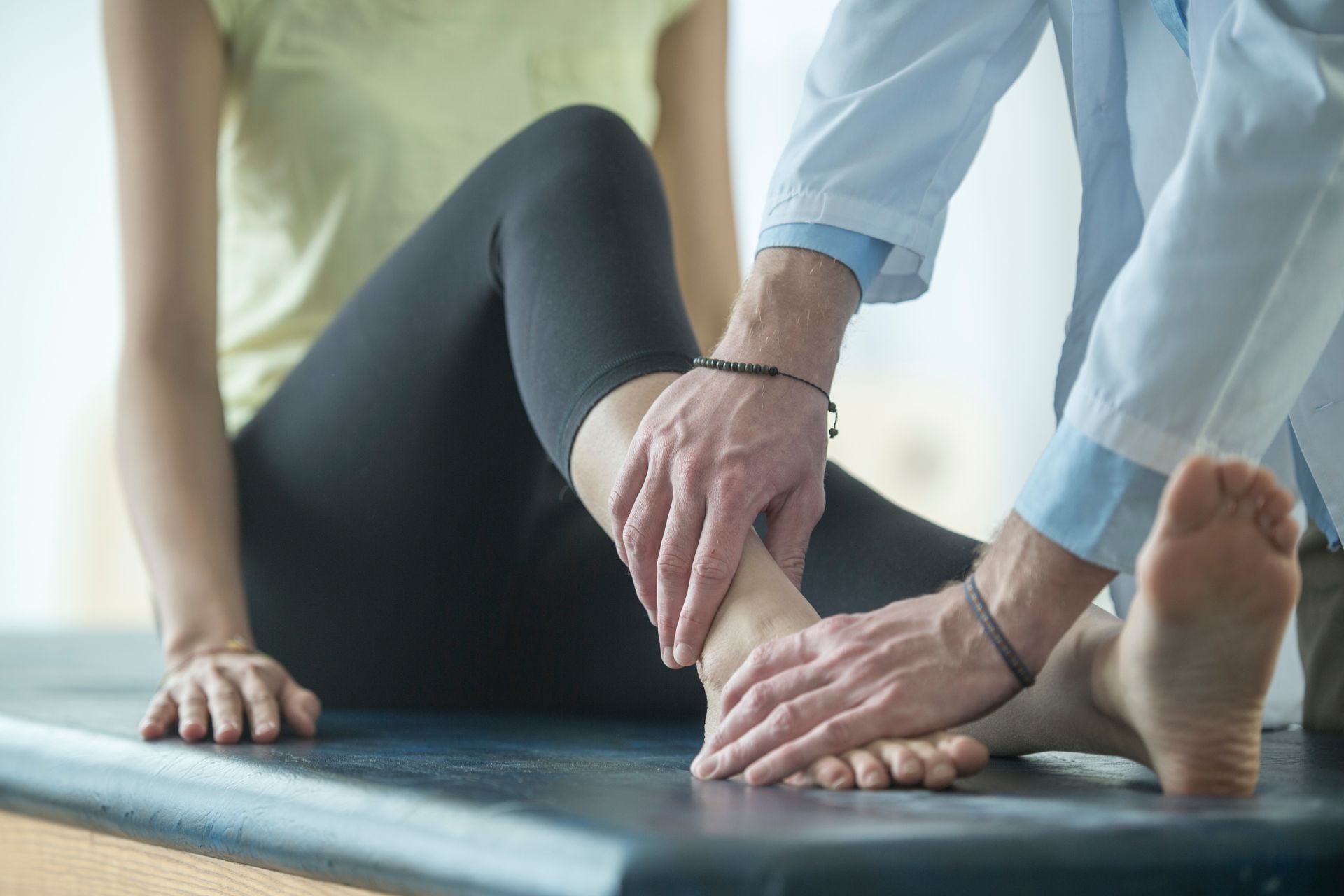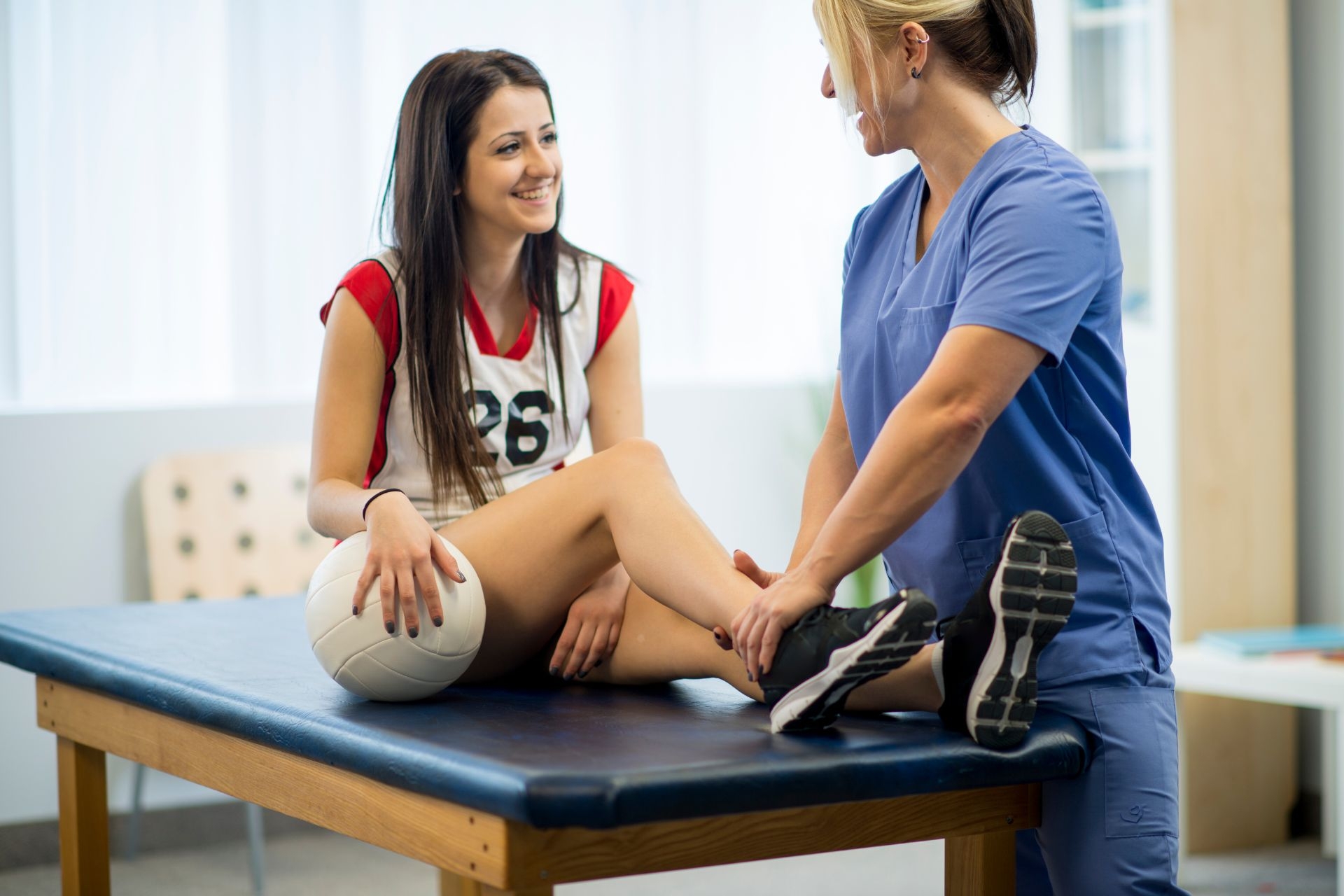

Gait analysis is a method used in sports medicine to assess and analyze an individual's walking or running pattern. It involves the measurement and evaluation of various parameters such as stride length, step width, foot placement, and joint angles during the gait cycle. By analyzing these parameters, sports medicine professionals can identify any abnormalities or imbalances in the way a person moves, which can help in diagnosing and treating injuries or improving athletic performance. Gait analysis is typically performed using specialized equipment such as motion capture systems, force plates, and pressure sensors.
Gait abnormalities that can be identified through gait analysis include overpronation, underpronation, leg length discrepancy, toe walking, and asymmetrical gait. Overpronation refers to excessive inward rolling of the foot during walking or running, which can lead to various lower limb injuries. Underpronation, on the other hand, is characterized by insufficient inward rolling of the foot, resulting in increased stress on the outer edge of the foot. Leg length discrepancy refers to a difference in the length of the legs, which can cause an uneven gait pattern. Toe walking is when a person walks on their toes instead of using their entire foot, which can be a sign of certain neurological or muscular conditions. Asymmetrical gait refers to an imbalance in the movement of the left and right sides of the body during walking.
Gait analysis plays a crucial role in diagnosing and treating musculoskeletal disorders by providing valuable insights into an individual's movement patterns. By analyzing the gait parameters, sports medicine professionals can identify any abnormalities or imbalances that may be contributing to the development or progression of musculoskeletal disorders. This information can then be used to develop personalized treatment plans, which may include exercises, physical therapy, orthotics, or other interventions aimed at correcting the underlying issues and improving overall function and mobility.

During gait analysis, several key parameters are measured to understand an individual's walking pattern. These parameters include step length, which is the distance between the heel strike of one foot and the heel strike of the opposite foot; stride length, which is the distance covered by one complete gait cycle; step width, which is the distance between the midpoints of the two feet during walking; and joint angles, which provide information about the range of motion and alignment of the joints during the gait cycle. By analyzing these parameters, sports medicine professionals can gain insights into the efficiency, stability, and symmetry of an individual's walking pattern, which can help in identifying any abnormalities or imbalances that may need to be addressed.
Yes, gait analysis can be used to assess the effectiveness of rehabilitation programs for patients with mobility impairments. By comparing pre- and post-rehabilitation gait analysis results, sports medicine professionals can evaluate the impact of the rehabilitation program on an individual's walking pattern. This information can help in determining whether the program has successfully addressed the underlying issues and improved the individual's gait mechanics. If any abnormalities or imbalances persist, further adjustments or modifications to the rehabilitation program can be made to optimize the outcomes.

Gait analysis contributes significantly to the design and development of prosthetics and orthotics. By analyzing the gait patterns of individuals with limb loss or musculoskeletal impairments, researchers and engineers can gain insights into the specific needs and requirements for prosthetic limbs or orthotic devices. This information can then be used to design and develop customized solutions that improve mobility, stability, and overall function. Gait analysis helps in understanding how the prosthetics or orthotics interact with the individual's gait mechanics, allowing for adjustments and refinements to be made to optimize their performance and comfort.
There are some limitations and challenges associated with gait analysis techniques. One limitation is that gait analysis is typically performed in a controlled laboratory setting, which may not fully capture the individual's natural walking pattern in real-world conditions. Additionally, the equipment used for gait analysis can be expensive and require specialized training to operate effectively. Researchers are working to overcome these limitations by developing portable and more affordable gait analysis systems that can be used in real-world settings. They are also exploring the use of wearable sensors and smartphone applications to collect gait data, which would make gait analysis more accessible and convenient. Furthermore, advancements in artificial intelligence and machine learning are being utilized to automate the analysis process and improve the accuracy and efficiency of gait analysis techniques.

Physical therapy interventions have been shown to have a positive impact on postural control in individuals with cerebral palsy. These interventions typically involve a combination of exercises, stretches, and manual techniques that target specific muscle groups and promote improved alignment and stability. By addressing the underlying impairments and functional limitations associated with cerebral palsy, physical therapy can help individuals develop better postural control, balance, and coordination. Additionally, interventions may include the use of assistive devices, such as orthotics or adaptive equipment, to further support postural control. Overall, physical therapy interventions play a crucial role in enhancing postural control and overall functional abilities in individuals with cerebral palsy.
Physical therapists take a comprehensive and individualized approach to rehabilitation for individuals with benign paroxysmal positional vertigo (BPPV). They begin by conducting a thorough assessment to determine the specific type and severity of BPPV, as well as any underlying factors that may be contributing to the condition. Based on this assessment, the physical therapist will develop a tailored treatment plan that may include a combination of vestibular rehabilitation exercises, canalith repositioning maneuvers, and balance training. These interventions aim to improve the individual's balance, reduce dizziness and vertigo symptoms, and enhance their overall functional abilities. Additionally, physical therapists may provide education and guidance on lifestyle modifications and strategies to manage BPPV symptoms in daily activities. Through regular monitoring and adjustments to the treatment plan as needed, physical therapists strive to optimize the rehabilitation outcomes and improve the quality of life for individuals with BPPV.
Yes, there are specific exercises that can help improve balance and coordination in individuals with multiple sclerosis. These exercises focus on strengthening the core muscles, improving proprioception, and enhancing overall stability. Some examples of these exercises include standing on one leg, heel-to-toe walking, yoga, tai chi, and Pilates. Additionally, exercises that target the lower body, such as squats and lunges, can also be beneficial for improving balance and coordination. It is important for individuals with multiple sclerosis to work with a physical therapist or exercise specialist who can tailor an exercise program to their specific needs and abilities. Regular practice of these exercises can help individuals with multiple sclerosis improve their balance and coordination, leading to increased mobility and independence in daily activities.
Myofascial release techniques have been found to be effective in alleviating symptoms associated with temporomandibular joint disorders (TMD). TMD is a condition characterized by pain and dysfunction in the jaw joint and surrounding muscles. Myofascial release involves applying gentle pressure to specific trigger points in the muscles and fascia of the jaw and face to release tension and improve mobility. This technique can help reduce pain, improve jaw function, and alleviate symptoms such as jaw clicking, muscle tightness, and headaches. Additionally, myofascial release can help address underlying issues such as muscle imbalances and postural problems that may contribute to TMD. Overall, incorporating myofascial release techniques into a comprehensive treatment plan for TMD can provide significant relief and improve the quality of life for individuals suffering from this condition.
Proprioceptive neuromuscular facilitation (PNF) is a stretching technique used in physical therapy that differs from other stretching techniques in several ways. PNF involves a combination of passive stretching and isometric contractions to improve flexibility and range of motion. Unlike static stretching, which involves holding a stretch for a prolonged period, PNF incorporates dynamic movements and muscle contractions to enhance the effectiveness of the stretch. Additionally, PNF utilizes the principles of proprioception and neuromuscular control to target specific muscle groups and improve their function. This technique also involves the use of resistance, either from a therapist or a prop, to further enhance the stretch. Overall, PNF is a more active and targeted approach to stretching compared to other techniques used in physical therapy.